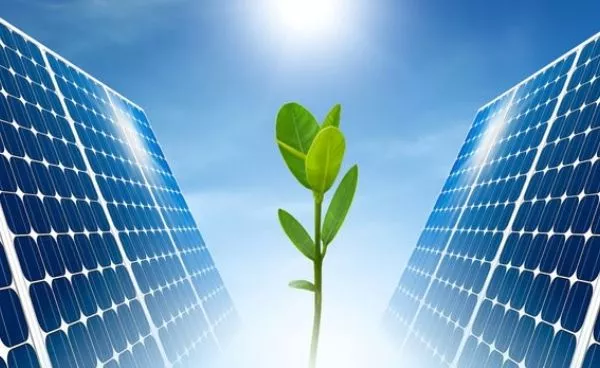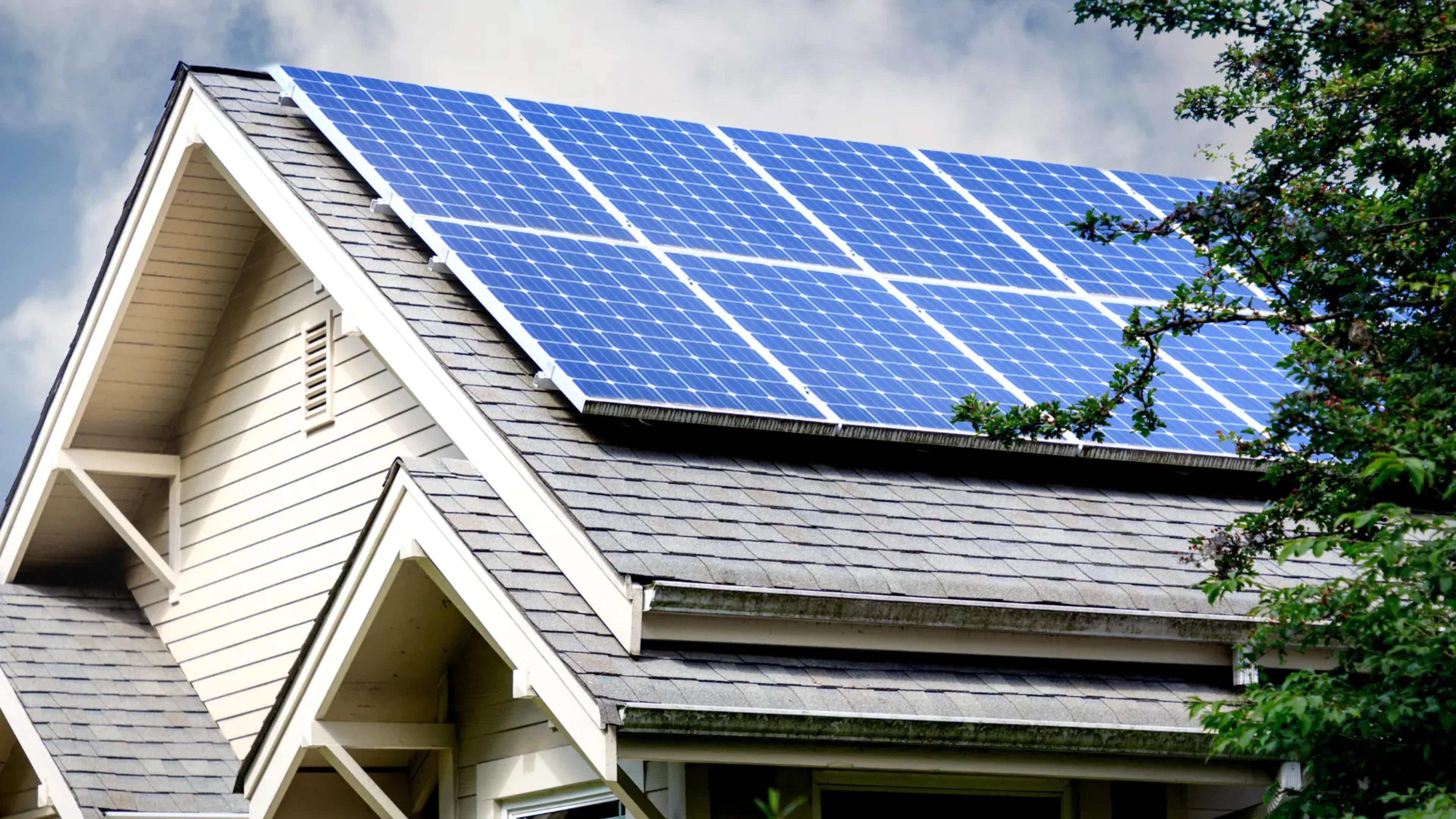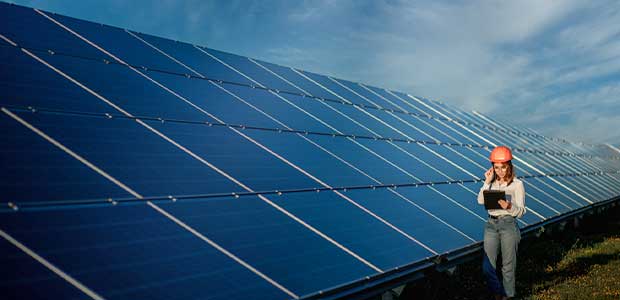Solar Power 101: A Novice's Guide to Sustainable Energy Solutions
As the globe progressively changes towards sustainable power services, understanding the basics of solar energy becomes important for both people and organizations. This overview provides a thorough summary of solar power, outlining the different systems readily available and the devices behind their operation. By discovering the benefits of solar technology, alongside the economic incentives and setup processes, one can get a clearer point of view on exactly how to properly integrate this renewable source into their energy technique. However, the trip towards adopting solar power invites additional evaluation of the difficulties and factors to consider that feature it.
Comprehending Solar Power
At its core, comprehending solar power involves understanding the fundamental principles of exactly how sunlight can be exchanged usable electrical energy. Solar power is stemmed from the sunlight's radiation, which can be utilized through numerous innovations. The primary mechanism for this conversion is the photovoltaic result. This sensation occurs when sunlight strikes semiconductor products, normally silicon-based, within solar batteries. The energy from the sunlight delights electrons in the semiconductor, allowing them to flow easily and generate direct current (DC) power.

Recognizing solar power additionally includes identifying its environmental advantages. By using sunshine, we can alleviate greenhouse gas emissions and lower air pollution, adding to a more sustainable future. The innovations in innovation and performance of planetary systems remain to boost their stability, making solar power a significantly eye-catching option for international power demands.
Kinds Of Solar Energy Solutions
Various kinds of solar energy systems are generally used to harness solar power for electricity generation. The primary classifications consist of photovoltaic (PV) systems, focusing solar energy (CSP) systems, and solar thermal systems.
Solar systems make use of photovoltaic panels made up of silicon cells that convert sunshine straight into power. These systems are functional and can be mounted on roofs, ground mounts, or incorporated into building products.
Focusing Solar Power systems, on the various other hand, employ mirrors or lenses to focus sunlight onto a tiny location, generating heat that drives a heavy steam turbine to produce electrical power - Simply Solar Illinois. CSP systems are typically deployed in large-scale power plants and call for straight sunlight, making them much less ideal for gloomy areas

Each sort of solar energy system has its unique qualities, applications, and suitability depending on geographic place, energy requirements, and budget, making it vital to examine alternatives based on specific scenarios. - Simply Solar Illinois

Advantages of Solar Power
Harnessing solar power with different systems not only supplies a sustainable way to create electrical energy yet additionally provides a wide variety of benefits. One of the most significant advantages is the decrease in greenhouse gas emissions, adding to a cleaner setting and combating climate adjustment. Solar power is renewable, implying it is endless and offered as long as hop over to these guys the sun radiates, unlike fossil fuels, which are finite and diminishing.
Additionally, solar power can cause Check Out Your URL substantial price financial savings over time. Homeowners and businesses can decrease their power bills considerably, and oftentimes, they might gain debts for excess energy generated via net metering. In addition, the solar industry creates jobs, from producing to installment, stimulating neighborhood economic climates.
An additional engaging benefit is power independence. By creating their very own power, individuals and neighborhoods can reduce reliance on external power sources, boosting durability versus changing power prices and supply disruptions. Solar energy systems need very little maintenance, making them a convenient option for lasting energy generation.
Installation Refine Introduction
The installment process for solar power systems typically includes several crucial actions that ensure effective integration right into a property. A thorough site assessment is carried out to review the roofing's orientation, shielding, and structural honesty, which are vital to optimizing solar panel efficiency. Following this evaluation, the design stage begins, where a customized solar power system is configured based on the house owner's power demands and choices.
Once the layout is completed, the essential permits and approvals are acquired from local authorities, ensuring conformity with guidelines. The actual setup involves placing the solar panels on the roofing or ground, attaching them to an inverter, and incorporating the system with the home's electric configuration. This stage may likewise entail mounting battery storage systems, depending on the design.
With the setup full, the solar energy system can begin generating renewable power, adding to sustainability and reducing utility prices. This structured method ensures that solar systems are both effective and reliable, optimizing their long-term benefits.
Financial Rewards and Cost Savings
Checking out the economic rewards and financial savings connected with solar power systems can substantially enhance the allure of making the button to sustainable energy. Different incentives exist at federal, state, and local degrees, developed to minimize the initial prices related to solar installation. One of one of the most notable motivations is the federal solar tax credit scores, which enables house owners to deduct a portion of their solar system installation expenses from their government tax obligations. As of 2023, this credit check my reference score stands at 30%, providing significant savings.
Along with tax obligation credit histories, numerous states supply rebates that can even more reduce in advance costs. Some utility business additionally supply performance-based incentives, satisfying solar power manufacturing in time. Financing choices, such as solar financings and leases, permit consumers to install systems with little to no down settlement, making solar power a lot more easily accessible.

Long-term financial savings are one more important aspect. By producing their own power, house owners can dramatically decrease and even eliminate their month-to-month power expenses. Furthermore, solar systems can raise residential property worths, offering a strong return on investment. Overall, the combination of motivations and cost savings makes solar power a financially appealing selection for lots of households.
Verdict
In conclusion, solar energy represents a vital component of lasting power options, giving a pathway towards decreased carbon footprints and enhanced environmental management. The varied kinds of solar power systems, paired with significant financial motivations, help with wider adoption amongst people and areas. Comprehending the installation processes and advantages associated with solar power encourages stakeholders to make enlightened decisions. Ultimately, the change to solar power not just cultivates ecological duty yet additionally promotes financial financial savings and energy self-reliance.